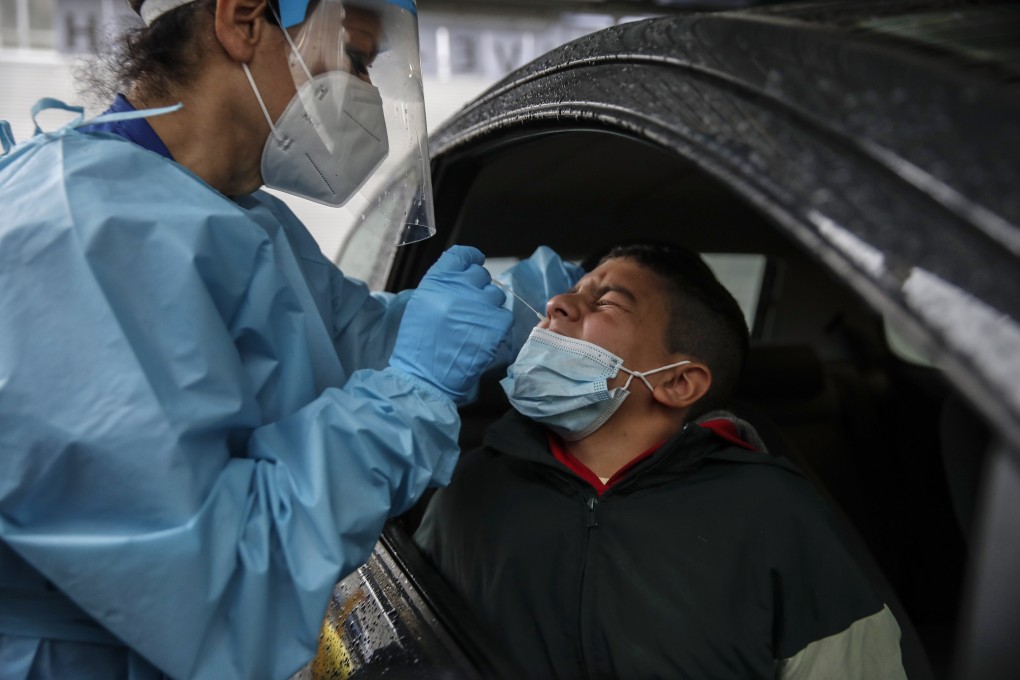Chinese medical equipment makers set to step up output as fresh wave of coronavirus sweeps the world
- Vincent Medical, a maker of ventilator humidifiers, expects demand from Europe to remain high for the rest of 2020
- Chinese medical exporters are wary of the rising global hostility towards their country

A resurgence in the Covid-19 pandemic globally has given Chinese medical equipment manufacturers an opportunity to grow their market share, say company executives and analysts.
With ramped up production and closer ties to overseas customers fostered earlier this year, they expect makers of medical devices from ventilator accessories to virus testing kits to reap greater success after a bumpy first half.

04:06
Stepped-up Covid-19 restrictions ‘absolutely necessary’ as Europe enters new wave ahead of winter
The global coronavirus daily tally climbed to an all-time high of 399,602 cases on Thursday, as the pandemic once again sweeps across Europe and the US with increasing speed and intensity. The overall global total since the pandemic started earlier this year is just shy of 40 million.